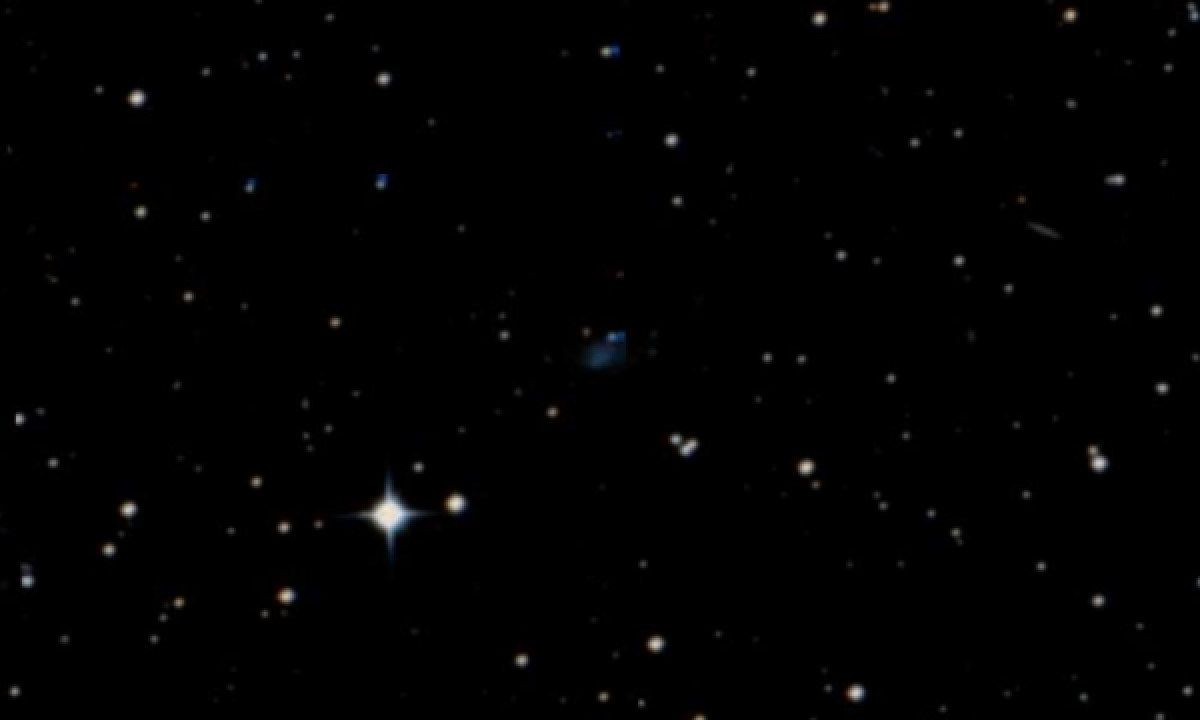The New General Catalogue of Nebulae and Clusters of Stars (abbreviated as NGC) is a catalogue of deep-sky objects compiled by John Louis Emil Dreyer in 1888. The NGC contains 7,840 objects, known as the NGC objects. It is one of the largest comprehensive catalogues, as it includes all types of deep space objects, including galaxies, star clusters, emission nebulae and absorption nebulae.
Know more about NGC
NGC 5121

NGC 5121 is an unbarred spiral galaxy in the constellation Centaurus. The galaxy lies about 80 million light years away from Earth, which means, given its apparent dimensions, that NGC 5121 is approximately 55,000 light years across. It was discovered by John Herschel on June 26, 1834. The galaxy has a bright nucleus, which is inactive. The nuclear region appears elongated, maybe due to the presence of a bar. The isophotes of the bulge appear circular towards the centre but become elliptical at its outer regions. The galaxy is unbarred. The bulge is surrounded by a low surface brightness disk. The disk features a spiral pattern with multiple tightly wound spiral arms. The spiral pattern is subtle and thus the galaxy had been classified in the past as a lenticular galaxy. NGC 5121 is the foremost galaxy of the NGC 5121 Group, also known as LGG 349. Other members of the group include ESO 382- 45, ESO 324- 23, ESO 382- 31, NGC 5121A, and ESO 324- 26.
More Images:

Sources:
Wikipedia Page: NGC 5121
NGC 5121 at In-The-Sky website
